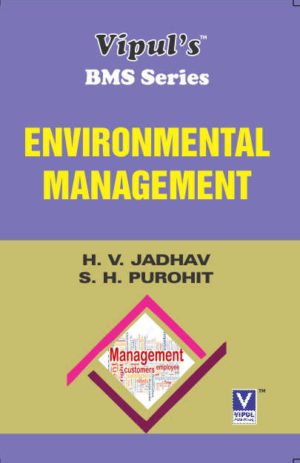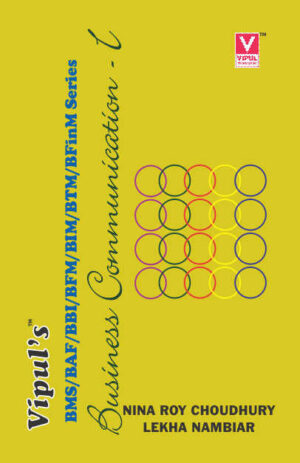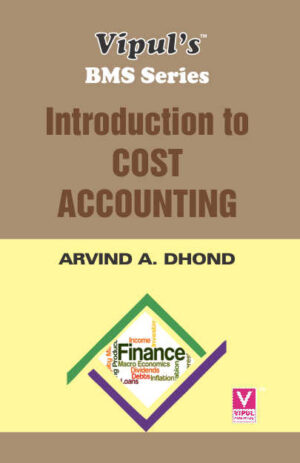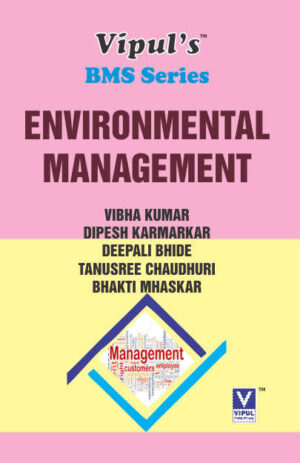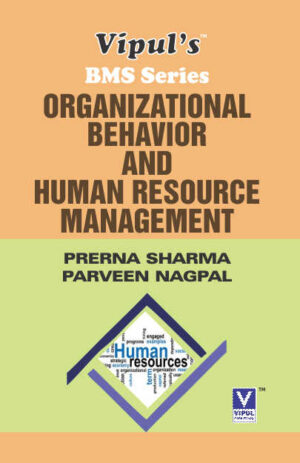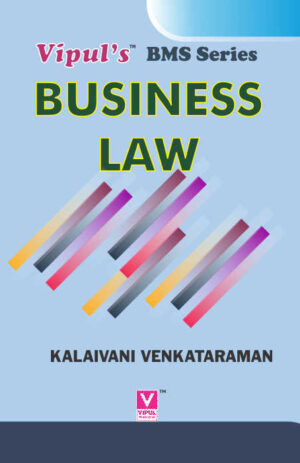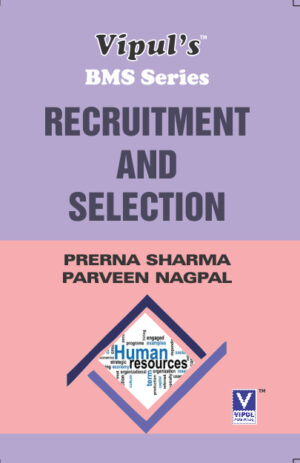Financing Rural Development
₹160.00
TYBMS — SEMESTER – VI
Author: Chandra Hariharan Iyer
Arnold Sebastin Jathanna
FOURTH REVISED EDITION 2023
Description
SYLLABUS
(1) Rural Banking:
Rural India: Demographic Features, Characteristics of Rural Society, Economic Features, Infrastructure in Rural Areas, Agriculture Economy, Rural Issues and Rural Development Policies, Sources and Pattern of agriculture in India, Trends in Agricultural Finance.
Institutional Framework: Regulation of Rural Financial Services, Rural Credit Institutions, Financing Agriculture/ Allied Activities, Financing Rural Non Farm Sector, Priority Sector Lending, Rural Housing and Education Loans.
Rural Banking: Financial Needs of the Poor, Role of Rural Banking, Transaction Costs, Risk Costs, Financing Poor as Bankable Opportunities Micro Credit and Self Help Groups.
(2) Micro Finance:
Introduction: Emergence of Microfinance, Definition, Meaning and Scope, Importance and Assumptions. Lessons from International Experience.
Models: Models of Microfinance across the world, Portfolio Securitization, SHG-2, National Rural Livelihood Mission, Impact of Microfinance, Impact Assessment and Monitoring, Microfinance and Poverty Assessment Tools.
Financial Products and Services: Objectives, Introduction, The role of MFI – Minimalist V/s Integrated, Financial services/ products, Non – Financial Services, Designing Microfinance Models, Liquidity Management, The Revenue Model of an MFI, Cost, Volume and Profit Analysis, Measuring Operating Efficiency and Productivity in MFI’s, Factors affecting Operating Expenses, Operating Efficiency.
(3) MSME Finance:
Institutional Framework: Central Government, NIMSME, Indian Institute of Entrepreneurship Guwahati, NIESBUD, NSIC, Organizations under the control of State Government, SIDBI, CGTMSE, SMERA, SSI Association in India, Changing Role of MSME Associations, Policy Orientation and Resource Allocation.
Financing Options and Modes: Financing MSME, Why lend to MSME Sector, Debt Finance, Equity Finance, Options for Financing MSME’s, Financial Products and their Access, Existing MSME Loan Products and their Nature, Common Guidelines for lending to MSME Sector, Factoring, Credit Process, Credit Assessment, Costs and Risks specific to MSME Lending, Risk Rating, Monitoring and Review of Lending.
(4) Final Accounts of the Banking Companies:
Legal Provision in Banking Regulation Act, 1949 relating to Accounts. Statutory reserves including Cash Reserve and Statutory Liquidity Ratio. Bill purchase and discounted, Rebate of Bill Discounted.
Final Accounts in prescribed form.
Non – performing assets and Income from non – performing assets, Classification of Advances, standard, sub – standard, doubtful and provisioning requirement.
(5) Risk Management in Rural Finance:
An Introduction: Objectives, Introduction, Types of risks for MFI’s, Risk Management Framework for MFI’s Indicators of Credit Risk, Portfolio at Risk (PAR), Causes of high Credit Risk, Impact of Delinquencies, Managing Credit Risk, Transaction Risk, Process, System and Technology, Relationship and Portfolio Risk. Cash Planning and Co-ordination between Operation Manager and Finance Manager. Compliance to State Acts, Revised Guidelines on Priority Sector, Compliance to RBI Guidelines on NBFC – MFI’s, Self Regulation.




